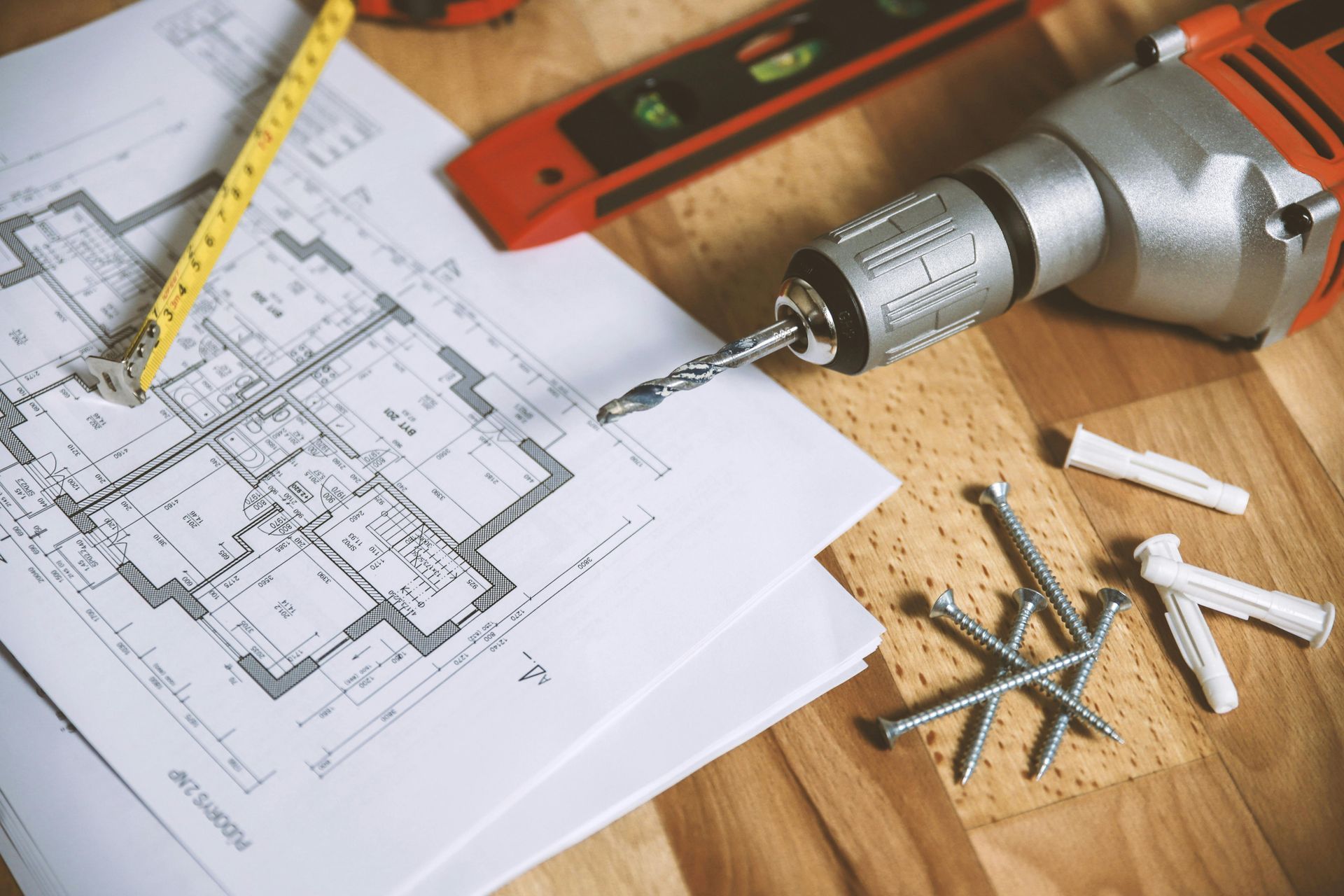
Custom Home Permitting Timeline in Puerto Rico: OGPe, ARPE, and Utilities
Quick Answer:
Most luxury home permits in Puerto Rico clear in 12–18 months when planned well. Simple, low‑risk sites can move in 6–9 months; coastal or historic areas often require 18–36+ months. Start utility capacity letters early, file complete packages, and use an Authorized Professional (AP) when eligible.
Building a house in Puerto Rico permits: the overview
You file permits through the Oficina de Gerencia de Permisos (OGPe, Office of Permit Management), Puerto Rico’s centralized authority. Older sources mention Administración de Reglamentos y Permisos (ARPE, Regulations and Permits Administration).
Today, all filings go through the Single Business Portal (SBP). Utilities include Autoridad de Acueductos y Alcantarillados (AAA, Aqueduct and Sewer Authority) and LUMA Energy. These agencies drive timing, not just paperwork.
As a first step, partner with DEV Builders Group, a high-end, premium, concierge, white glove service that manages planning, documentation, and coordination with reviewers.
Estates and villas projects benefit from
luxury home builders in Puerto Rico, which covers design, permits, and utilities.
Permitting timeline (phase view)
Use this at-a-glance sequence to align your team around the major permitting milestones and realistic timelines for custom luxury homes in Puerto Rico.
- Schematic planning (0–2 months): zoning read, utilities pre-check, capacity letters requested.
- Submittal prep (1–3 months): drawings, calculations, checklists per Reglamento Conjunto; digital files for SBP.
- OGPe review (3–9 months): technical review, referrals, corrections, re-submittals.
- Utilities (parallel 2–6 months): AAA and LUMA letters, design coordination, any upgrades.
- Permit issuance and mobilization (1–2 months): fees, permit printing, contractor mobilization.
- Inspections and Certificate of Occupancy (C.O.) (1–3 months): stage inspections under International Building Code (IBC); punch list closeout.
Key factors that affect the timeline
Owners and investors need a clear view of what speeds up or slows down permits. Use this section to anticipate reviews, utility capacity steps, and environmental checks that can extend the schedule.
- OGPe targets vs reality. Treat 6–9 months as a best case for simple sites. Plan 12–18+ months for complex parcels. Expect 18–36+ months in coastal, historic, or environmentally sensitive zones. Delays come from interagency holds and deficiency notices.
- Single Business Portal (SBP). SBP standardizes filing. The pace still depends on OGPe divisions and external reviewers. A complete, defensible package is the single best accelerator.
- Utilities: AAA and LUMA. Utility capacity letters often sit on the critical path. Begin requests during schematic design.
- Environment: DRNA. The Departamento de Recursos Naturales y Ambientales (DRNA, Natural and Environmental Resources) may require water quality certificates and public notices near the coast. Incomplete data triggers long pauses.
- Codes and inspections: IBC/IFC. Puerto Rico follows the International Building Code (IBC) and International Fire Code (IFC). Final occupancy requires passing inspections and closing corrections before the C.O.
- AP route limits.
The Authorized Professional (AP) can issue many permits, reducing queue time. Cultural, historic, or coastal overlays still trigger agency consultations. Vet AP experience in your municipality before you rely on this path.
Local relevance for Puerto Rico
Puerto Rico’s rules, incentives, and municipal workflows shape time and cost. Plan around these local factors early to avoid idle months and funding gaps.
- Act 60 incentives. Investors use Act 60 decrees to structure projects and tax exposure. Permitting must align with the incentive calendar and bank draws.
- Autonomous municipalities. Some municipalities handle reviews locally, but every filing flows through SBP. Local calendars can help when your team knows the ground rules.
- Supply chains. Lead times affect the back half of your schedule. Align permit milestones with procurement so the site mobilizes the moment approvals clear. Our services show how we sequence design, permits, and buys to protect schedule.
For a realistic plan based on your site and utility context,
reach our team through the
contact form. We map your filing and capacity path before design fees snowball.
Comparisons and alternatives
Different paths fit different sites and risk levels. Here is how the main options compare and when to use them.
- Standard OGPe route. Works best when your design is complete, the site avoids overlays, and utility letters are in hand. The “official” timeline stretches if a reviewer flags missing data.
- Authorized Professional (AP) route. Privatizes much of the technical review and can shave months where eligible. Limits apply in historic, cultural, or coastal areas.
- Parallel processing. Run utilities, environmental due diligence, and HOA/ARB reviews in parallel with design to avoid idle time after OGPe approval.
Actionable tips
Use these practical steps to control time and cost:
- Start utility capacity now. Request AAA water/sewer and LUMA power letters during schematic design. Track responses weekly.
- Use an AP when eligible. Ask for examples of permits issued in similar zones. Confirm municipal limits.
- Front-load environmental data. If DRNA may apply, commission lab-certified analyses early to avoid deficiency loops.
- File a complete package. Have architects and engineers certify completeness against the
Reglamento Conjunto checklist before upload.
- Budget time honestly. Use
12–18 months as the baseline for custom luxury homes. Treat faster outcomes as upside.
- Document everything. Keep logs, responses, and meeting notes to speed reviews and protect decisions.
Utility capacity mini‑checklist
Before you request letters from LUMA Energy and the Autoridad de Acueductos y Alcantarillados (AAA, Aqueduct and Sewer Authority), confirm the following basics:
- Active account history or new service application drafted.
- Preliminary load and demand calculations attached.
- Proposed meter location and service size marked on plans.
Why choose DEV Builders Group
Choose a builder who protects your time and capital while keeping stakeholders informed. That is how projects stay on schedule and on budget.
- People first. Your goals come before our convenience. We keep owners and neighbors informed, reduce surprises, and protect community impact.
- White glove execution. We are a high-end, premium, concierge, white glove service. Our in-house crews and equipment keep quality and timeline under one accountable team.
- Risk control. We set a realistic permit calendar, manage utilities and DRNA touchpoints, and coordinate AP reviews. That means fewer idle months and tighter carrying costs.
- Proof you can see. Explore recent luxury home builds and construction case studies in our project portfolio. Review our
integrated construction services to reduce handoffs that slow permits.
Permits in Puerto Rico reward early utility work, complete filings, and the right professional team. That is how owners keep projects moving and investors protect returns. If you want a schedule you can bank on,
connect with our team through the contact page. We will map your filing path, align design with utilities, and run point to the finish.
FAQs
How long does a custom home permit take in Puerto Rico?
Most luxury homes need 12–18 months from concept to permit. Simple sites can move faster. Coastal or historic contexts run longer.
What is OGPe and how is it different from ARPE?
OGPe (Oficina de Gerencia de Permisos) is the current authority. ARPE (Administración de Reglamentos y Permisos) was the predecessor. Today, you file through the SBP.
Do I need DRNA approvals near the coast?
Often yes. DRNA can require water quality reviews, public notices, and coastal concessions. Plan for longer timelines and certified data.
Will an Authorized Professional speed things up?
Usually. An AP can issue many permits, reducing queue time. Overlays still require agency review. Vet your AP’s local track record.
What happens after the permit is issued?
You must pass inspections under the IBC. Expect a punch list before the Certificate of Occupancy (C.O.).
CONTACT US
READY TO BUILD A DESTINATION THAT PERFORMS?
Contact DEV Builders Group to discuss your hotel, restaurant, or venue project. We’re ready to build your vision with care, speed, and excellence.
Our Office
Calle Aldebaran | 00920 San Juan | Puerto Rico
Call Us
Investor Resources
List of Services
-
2025 Tourism Demand & RevPAR Forecast for Puerto RicoRead More List Item 1
For construction investors, these trends signal high opportunity in tourism-related development. At DEV Builders Group, we track these indicators closely to support our clients in executing timely, high-impact hospitality projects.
-
Capital Stack Options: C-PACE, OZ, & EB-5 for Hospitality Builds in Puerto RicoRead More List Item 2
If you're planning a hotel or resort build in Puerto Rico, understanding your capital stack is critical. At DEV Builders Group, we guide clients through every layer, from C-PACE audits to pre-construction modeling and incentive alignment.

